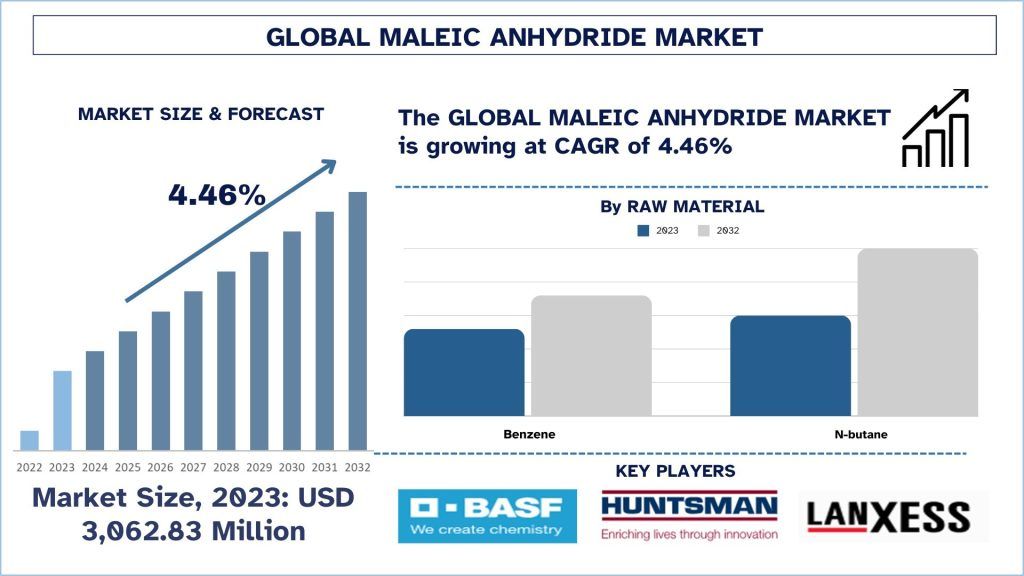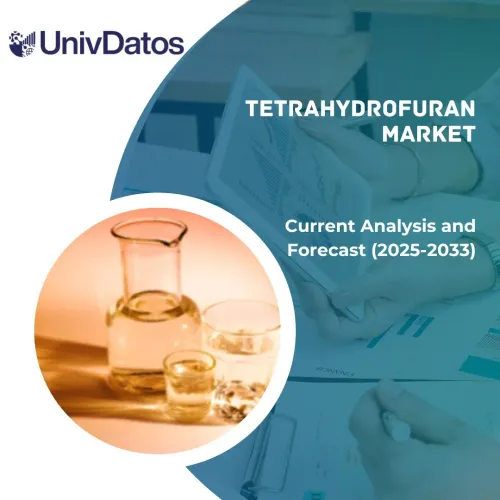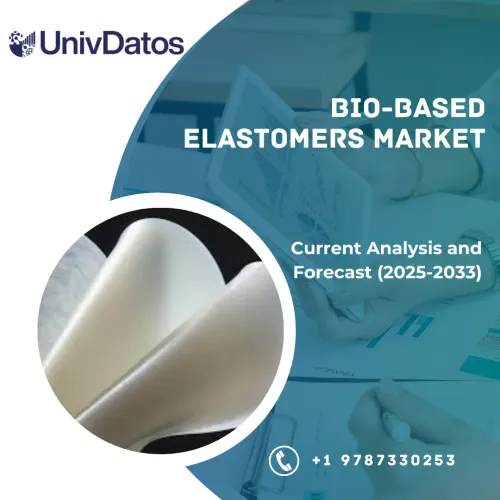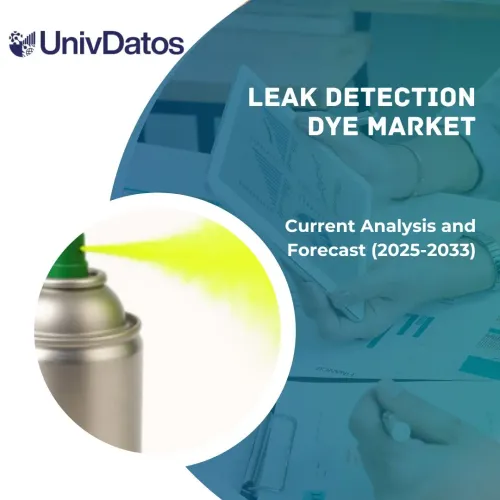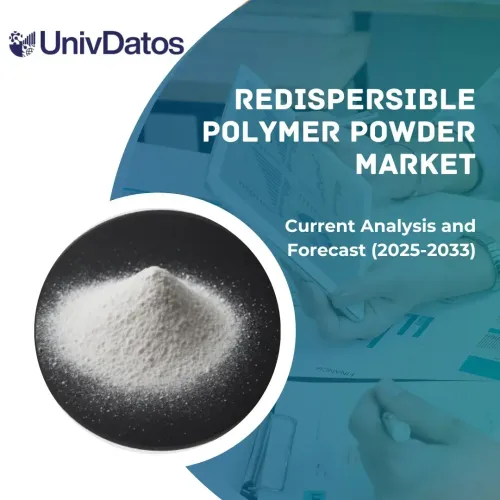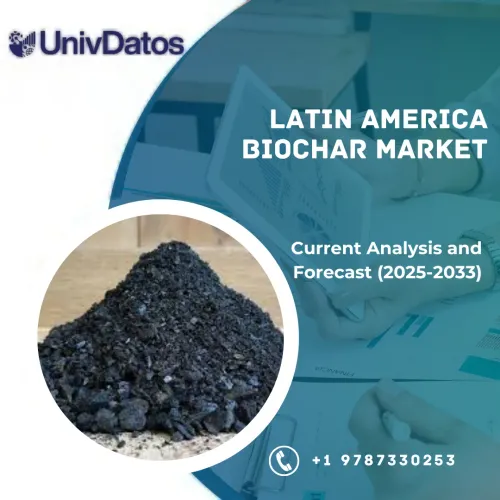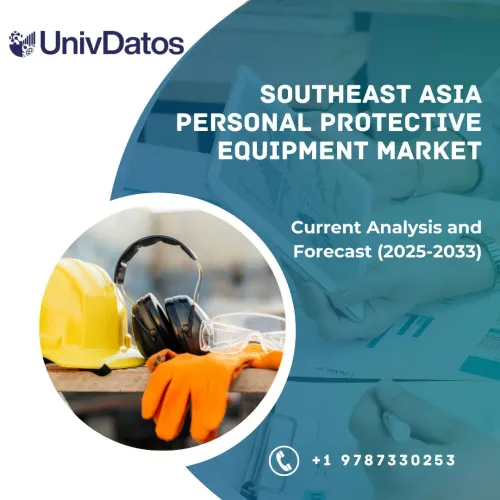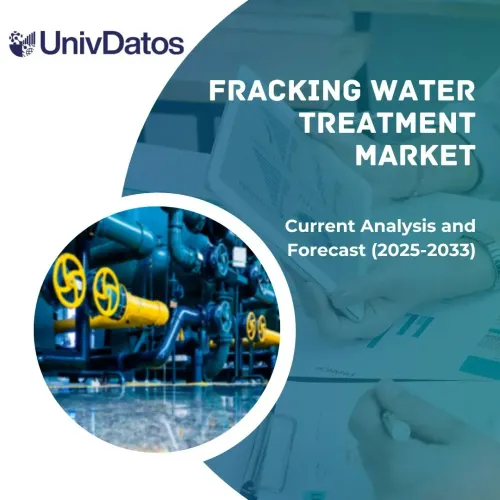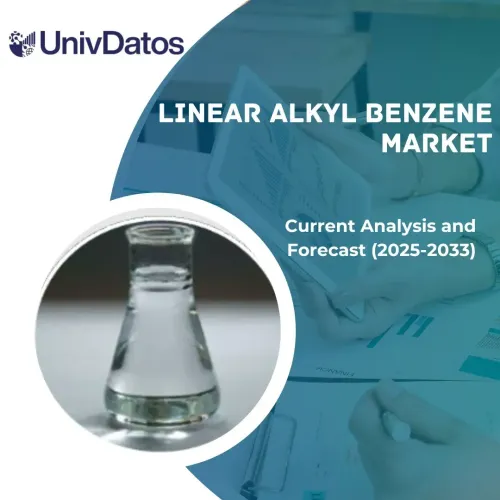- Trang chủ
- Về chúng tôi
- Ngành
- Dịch vụ
- Đọc
- Liên hệ với chúng tôi
Thị trường Maleic Anhydride: Phân tích hiện tại và Dự báo (2024-2032)
Tập trung vào Nguyên liệu thô (Benzen và N-Butan); Ứng dụng (Nhựa Polyester không no, Butanediol, Phụ gia bôi trơn, Copolymer); và Khu vực/Quốc gia
Quy mô & Dự báo Thị trường Anhydrit Maleic
Quy mô Thị trường Anhydrit Maleic được định giá 3.062,82 triệu USD vào năm 2023 và dự kiến sẽ tăng trưởng với tốc độ CAGR ổn định khoảng 4,46% trong giai đoạn dự báo (2024-2032), do việc áp dụng ngày càng nhiều UPR trong ngành công nghiệp ô tô và xây dựng cũng như sự tăng trưởng chung trong các lĩnh vực này trên toàn cầu.
Phân tích Thị trường Anhydrit Maleic
Anhydrit Maleic là một hóa chất quan trọng được sử dụng chủ yếu trong sản xuất nhựa polyester không no (UPR), về cơ bản được sử dụng trong các ứng dụng ô tô, xây dựng và hàng hải. Việc sử dụng nó trên thị trường sẽ tiếp tục tăng vì Anhydrit Maleic có nhiều ứng dụng như một chất trung gian trong sản xuất phụ gia dầu bôi trơn, hóa chất nông nghiệp và chất phủ. Hợp chất này đặc biệt hữu ích trong công thức của UPR; các đặc tính của vật liệu đóng một vai trò trong việc tăng giá trị xây dựng của nhựa. Ngoài ra, Anhydrit Maleic được sử dụng trong sản xuất copolyme hoạt động như chất phân tán, chất làm keo và chất kết dính trong các ứng dụng công nghiệp. Hơn nữa, người tiêu dùng liên tục yêu cầu vật liệu xanh và hiệu suất cao, điều này đã buộc các nhà sản xuất phải tìm kiếm những ứng dụng mới của Anhydrit Maleic. Ví dụ: vào năm 2023, Clariant, một công ty hóa chất đặc biệt tập trung vào tính bền vững, đã ký một thỏa thuận với Conser, một phần của MAIRE Group, để cung cấp chất xúc tác anhydrit maleic. Các đối tác sẽ phát triển chất xúc tác thế hệ tiếp theo dựa trên dòng SynDane thành công của Clariant để mang lại năng suất vượt trội, hiệu quả chi phí và tính bền vững. Sự hợp tác này diễn ra vào một thời điểm thích hợp khi nhu cầu về anhydrit maleic tiếp tục tăng trên toàn thế giới, đặc biệt là ở Trung Quốc. Sự phát triển này là một bước tiến quan trọng hướng tới các vật liệu bền vững, đáp ứng nhu cầu ngày càng tăng đối với các sản phẩm thân thiện với môi trường.
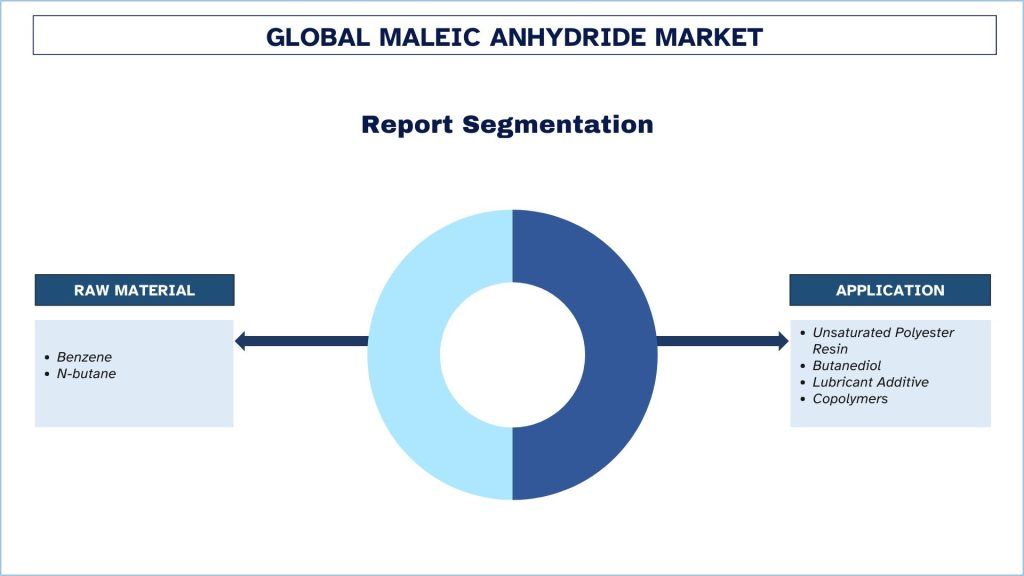
Xu hướng Thị trường Anhydrit Maleic
Tăng cường tập trung vào các Phương pháp Sản xuất Bền vững và Sinh học
Ngành hóa chất vẫn đang trải qua một sự thay đổi đáng kể vì tính bền vững và các vấn đề môi trường được coi là những yếu tố quan trọng. Anhydrit maleic là một trong những thị trường đang trải qua quá trình chuyển đổi này. Anhydrit Maleic (MA) là một chất trung gian hóa học linh hoạt, được ứng dụng trong sản xuất các sản phẩm đa dạng như nhựa polyester không no, chất phủ, chất bôi trơn, hóa chất nông nghiệp và dược phẩm. Trong hầu hết các trường hợp, Anhydrit Maleic được sản xuất từ các nguyên liệu gốc dầu mỏ là benzen hoặc n-butan. Tuy nhiên, xu hướng trong quá khứ gần đây đã chuyển sang các phương pháp sản xuất Anhydrit Maleic dựa trên cơ sở sinh học do các yếu tố thân thiện với môi trường. Các chính phủ và cơ quan quản lý trên toàn thế giới đang thực hiện các quy định môi trường nghiêm ngặt hơn để giảm lượng khí thải carbon và khuyến khích các hoạt động bền vững. Tại Liên minh Châu Âu, quy định REACH (Đăng ký, Đánh giá, Cấp phép và Hạn chế Hóa chất) quy định kiểm soát chặt chẽ các chất hóa học, buộc các nhà sản xuất phải tìm kiếm các giải pháp thay thế xanh hơn. Tương tự, ở các nơi khác trên thế giới, các quy định về môi trường đang thắt chặt, thúc đẩy các công ty hướng tới các phương pháp sản xuất bền vững.
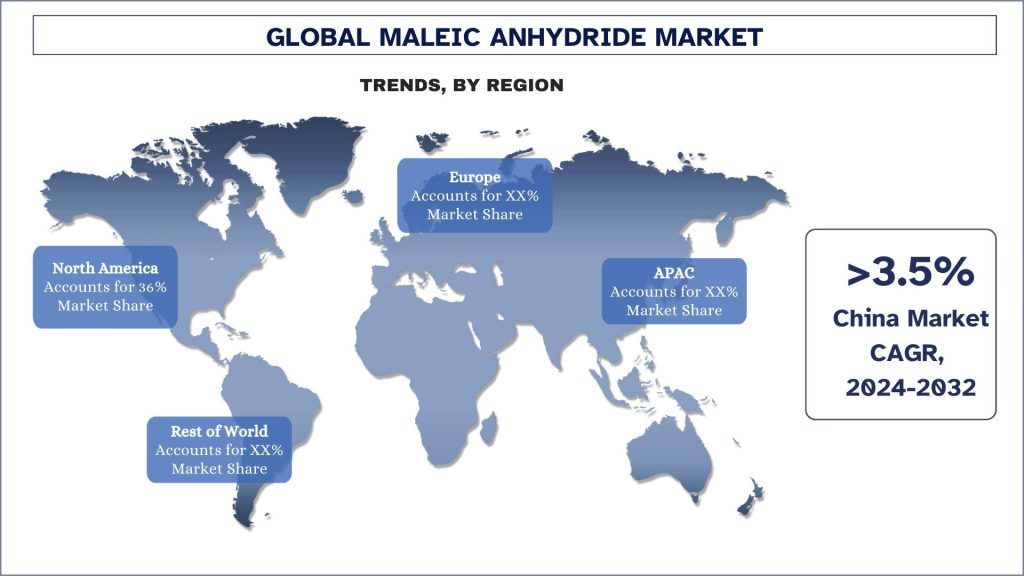
Châu Á Thái Bình Dương Thống trị Thị trường Anhydrit Maleic
Thị trường Anhydrit Maleic Châu Á Thái Bình Dương dự kiến sẽ thống trị trong giai đoạn dự báo do một số yếu tố, chẳng hạn như sự gia tăng trong ngành dược phẩm, chăm sóc cá nhân, mỹ phẩm, ô tô và xây dựng. Khu vực Châu Á Thái Bình Dương là một trong những nhà sản xuất và cung cấp thuốc lớn nhất trên toàn thế giới, với các quốc gia như Trung Quốc, Nhật Bản và Ấn Độ. Việc tiêu thụ anhydrit maleic là một chất trung gian quan trọng trong sản xuất các sản phẩm dược phẩm khác nhau, bao gồm các thành phần dược phẩm hoạt tính (API) và công thức thuốc. Ví dụ: theo Cơ quan Quản lý Thương mại Quốc tế, thị trường dược phẩm của Trung Quốc liên tục tăng trưởng và dự kiến sẽ đạt 161,8 tỷ USD vào năm 2023, chiếm khoảng 30% thị phần toàn cầu. Nhu cầu ngày càng tăng đối với thuốc men và các sản phẩm chăm sóc sức khỏe trong khu vực thúc đẩy nhu cầu về anhydrit maleic. Hơn nữa, khu vực Châu Á Thái Bình Dương là thị trường ô tô lớn nhất trên toàn cầu, với các quốc gia như Trung Quốc, Nhật Bản và Ấn Độ là những nước đóng góp đáng kể. Theo Tổ chức các nhà sản xuất xe cơ giới quốc tế (OICA), riêng Trung Quốc đã sản xuất hơn 26 triệu xe vào năm 2023. Hơn nữa, với dân số và đô thị hóa ngày càng tăng, ngành xây dựng đang phát triển với tốc độ chóng mặt, với khoảng 1,7 nghìn tỷ USD mỗi năm cho cơ sở hạ tầng cho đến năm 2030 để duy trì đà tăng trưởng, giải quyết nghèo đói và ứng phó với biến đổi khí hậu. Các hoạt động xây dựng và phát triển cơ sở hạ tầng đang diễn ra trong khu vực làm tăng đáng kể nhu cầu về anhydrit maleic.
Tổng quan về Ngành Anhydrit Maleic
Thị trường Anhydrit Maleic có tính cạnh tranh và tập trung cao, với một số ít người chơi toàn cầu và quốc tế. Các công ty chủ chốt đang áp dụng các chiến lược tăng trưởng khác nhau để tăng cường sự hiện diện trên thị trường của họ, chẳng hạn như quan hệ đối tác, thỏa thuận, hợp tác, ra mắt sản phẩm mới, mở rộng địa lý và sáp nhập và mua lại. Một số công ty lớn hoạt động trên thị trường là BASF SE, Huntsman International LLC, LANXESS, NIPPON SHOKUBAI CO., LTD., Mitsubishi Chemical Group Corporation, Polynt S.p.A, Zibo Qixiang Tengda Chemical, YONGSAN CHEMICAL, MOL GROUP và Cepsa.
Tin tức Thị trường Anhydrit Maleic
Vào năm 2024, Arkema đã giới thiệu một loạt sản phẩm UPR bền vững có lượng khí thải gần bằng không, chứng minh rằng lĩnh vực xây dựng ngày càng ý thức hơn về tính bền vững và đổi mới.
Vào tháng 12 năm 2022, LANXESS đã tung ra một chất xúc tác hiệu suất cao mới để sản xuất anhydrit maleic, giúp cải thiện hiệu quả quy trình và giảm chi phí vận hành.
Vào tháng 1 năm 2023, Polynt-Reichhold Group đã giới thiệu một sáng kiến sản xuất bền vững để giảm thiểu tác động môi trường và thúc đẩy tài nguyên tái tạo trong sản xuất anhydrit maleic.
Vào năm 2023, Polynt-Reichhold đã mở một cơ sở sản xuất UPR mới ở Bắc Mỹ để đáp ứng nhu cầu ngày càng tăng từ ngành công nghiệp ô tô.
Phạm vi Báo cáo Thị trường Anhydrit Maleic
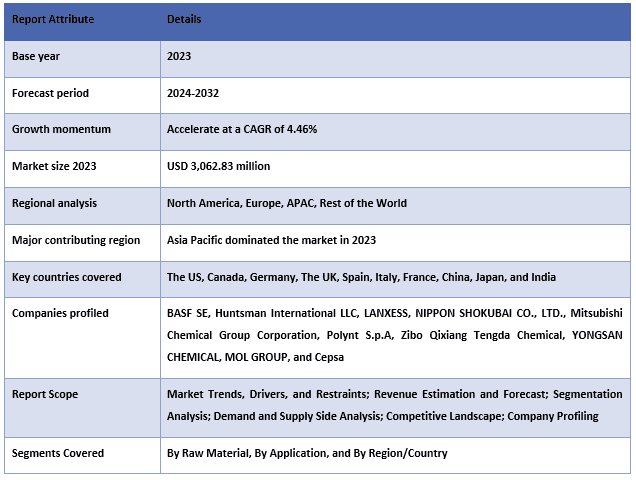
Lý do nên mua báo cáo này:
- Nghiên cứu bao gồm phân tích dự báo và định cỡ thị trường được xác thực bởi các chuyên gia hàng đầu trong ngành đã được xác thực.
- Báo cáo trình bày một đánh giá nhanh về hiệu suất tổng thể của ngành trong nháy mắt.
- Báo cáo bao gồm một phân tích chuyên sâu về các đồng nghiệp trong ngành nổi bật với trọng tâm chính vào tài chính kinh doanh quan trọng, danh mục sản phẩm, chiến lược mở rộng và các phát triển gần đây.
- Kiểm tra chi tiết các động lực, hạn chế, xu hướng chính và cơ hội hiện hành trong ngành.
- Nghiên cứu bao gồm toàn diện thị trường trên các phân khúc khác nhau.
- Phân tích cấp khu vực chuyên sâu về ngành.
Tùy chọn Tùy chỉnh:
Thị trường Anhydrit Maleic Toàn cầu có thể được tùy chỉnh thêm theo yêu cầu hoặc bất kỳ phân khúc thị trường nào khác. Bên cạnh đó, UMI hiểu rằng bạn có thể có nhu cầu kinh doanh riêng, vì vậy hãy thoải mái liên hệ với chúng tôi để nhận được một báo cáo hoàn toàn phù hợp với yêu cầu của bạn.
Mục lục
Phương Pháp Nghiên Cứu Phân Tích Thị Trường Maleic Anhydride (2024-2032)
Phân tích thị trường lịch sử, ước tính thị trường hiện tại và dự báo thị trường tương lai của Thị trường Maleic Anhydride Toàn cầu là ba bước chính được thực hiện để tạo và phân tích việc áp dụng maleic anhydride ở các khu vực chính trên toàn cầu. Nghiên cứu thứ cấp chuyên sâu đã được thực hiện để thu thập các số liệu thị trường lịch sử và ước tính quy mô thị trường hiện tại. Thứ hai, để xác nhận những thông tin chi tiết này, nhiều phát hiện và giả định đã được xem xét. Hơn nữa, các cuộc phỏng vấn sơ cấp chuyên sâu cũng đã được thực hiện với các chuyên gia trong ngành trên toàn bộ chuỗi giá trị của Thị trường Maleic Anhydride Toàn cầu. Sau khi giả định và xác nhận các số liệu thị trường thông qua các cuộc phỏng vấn sơ cấp, chúng tôi đã sử dụng phương pháp tiếp cận từ trên xuống/từ dưới lên để dự báo quy mô thị trường hoàn chỉnh. Sau đó, các phương pháp phân tích dữ liệu và tam giác dữ liệu thị trường đã được áp dụng để ước tính và phân tích quy mô thị trường của các phân khúc và phân đoạn phụ liên quan đến ngành. Phương pháp luận chi tiết được giải thích dưới đây:
Phân Tích Quy Mô Thị Trường Lịch Sử
Bước 1: Nghiên Cứu Chuyên Sâu Các Nguồn Thứ Cấp:
Nghiên cứu thứ cấp chi tiết đã được thực hiện để có được quy mô thị trường lịch sử của Thị trường Maleic Anhydride thông qua các nguồn nội bộ của công ty như báo cáo thường niên & báo cáo tài chính, thuyết trình hiệu suất, thông cáo báo chí, v.v., và các nguồn bên ngoài bao gồm tạp chí, tin tức & bài viết, ấn phẩm của chính phủ, ấn phẩm của đối thủ cạnh tranh, báo cáo ngành, cơ sở dữ liệu của bên thứ ba và các ấn phẩm đáng tin cậy khác.
Bước 2: Phân Khúc Thị Trường:
Sau khi có được quy mô thị trường lịch sử của Thị trường Maleic Anhydride, chúng tôi đã tiến hành phân tích thứ cấp chi tiết để thu thập thông tin chi tiết về thị trường lịch sử và chia sẻ cho các phân khúc & phân đoạn phụ khác nhau cho các khu vực chính. Các phân khúc chính được bao gồm trong báo cáo như nguyên liệu thô và ứng dụng. Phân tích cấp quốc gia sâu hơn đã được thực hiện để đánh giá việc áp dụng tổng thể các mô hình thử nghiệm ở khu vực đó.
Bước 3: Phân Tích Yếu Tố:
Sau khi có được quy mô thị trường lịch sử của các phân khúc và phân đoạn phụ khác nhau, chúng tôi đã tiến hành phân tích yếu tố chi tiết để ước tính quy mô thị trường hiện tại của Thị trường Maleic Anhydride. Hơn nữa, chúng tôi đã tiến hành phân tích yếu tố bằng cách sử dụng các biến phụ thuộc và độc lập như nguyên liệu thô và ứng dụng của Thị trường Maleic Anhydride. Một phân tích kỹ lưỡng đã được thực hiện cho các kịch bản phía cung và phía cầu, có tính đến các quan hệ đối tác hàng đầu, sáp nhập và mua lại, mở rộng kinh doanh và ra mắt sản phẩm trong lĩnh vực thị trường maleic anhydride trên toàn cầu.
Ước Tính & Dự Báo Quy Mô Thị Trường Hiện Tại
Định cỡ Thị trường Hiện tại: Dựa trên những hiểu biết sâu sắc có thể hành động từ 3 bước trên, chúng tôi đã đi đến quy mô thị trường hiện tại, những người chơi chính trong Thị trường Maleic Anhydride Toàn cầu và thị phần của các phân khúc. Tất cả các phần trăm chia sẻ, và phân tích thị trường cần thiết đã được xác định bằng cách sử dụng phương pháp thứ cấp đã đề cập ở trên và đã được xác minh thông qua các cuộc phỏng vấn sơ cấp.
Ước tính & Dự báo: Để ước tính và dự báo thị trường, trọng số đã được gán cho các yếu tố khác nhau bao gồm động lực & xu hướng, hạn chế và cơ hội có sẵn cho các bên liên quan. Sau khi phân tích các yếu tố này, các kỹ thuật dự báo có liên quan, tức là phương pháp tiếp cận từ trên xuống/từ dưới lên đã được áp dụng để đưa ra dự báo thị trường cho năm 2032 cho các phân khúc và phân đoạn phụ khác nhau trên các thị trường chính trên toàn cầu. Phương pháp nghiên cứu được áp dụng để ước tính quy mô thị trường bao gồm:
- Quy mô thị trường của ngành, về doanh thu (USD) và tỷ lệ chấp nhận của Thị trường Maleic Anhydride trên các thị trường lớn trong nước
- Tất cả các phần trăm chia sẻ, phân tích và phân chia các phân khúc và phân đoạn phụ của thị trường
- Những người chơi chính trong Thị trường Maleic Anhydride Toàn cầu về các sản phẩm được cung cấp. Ngoài ra, các chiến lược tăng trưởng được những người chơi này áp dụng để cạnh tranh trong thị trường đang phát triển nhanh chóng.
Xác Nhận Quy Mô Thị Trường và Chia Sẻ
Nghiên cứu sơ cấp: Các cuộc phỏng vấn chuyên sâu đã được thực hiện với các Nhà lãnh đạo dư luận chính (KOL) bao gồm các Giám đốc điều hành cấp cao (CXO/VP, Trưởng phòng Kinh doanh, Trưởng phòng Marketing, Trưởng phòng Điều hành, Trưởng phòng Khu vực, Trưởng phòng Quốc gia, v.v.) trên khắp các khu vực chính. Các phát hiện nghiên cứu sơ cấp sau đó được tóm tắt và phân tích thống kê đã được thực hiện để chứng minh giả thuyết đã nêu. Thông tin đầu vào từ nghiên cứu sơ cấp đã được hợp nhất với các phát hiện thứ cấp, do đó biến thông tin thành những hiểu biết sâu sắc có thể hành động.
Phân chia những người tham gia sơ cấp ở các khu vực khác nhau
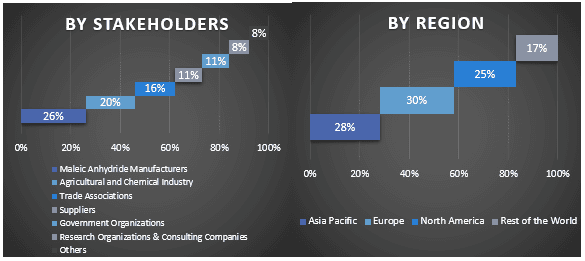
Kỹ Thuật Thị Trường
Kỹ thuật tam giác dữ liệu đã được sử dụng để hoàn thành việc ước tính thị trường tổng thể và để đưa ra các số liệu thống kê chính xác cho từng phân khúc và phân đoạn phụ của Thị trường Maleic Anhydride Toàn cầu. Dữ liệu được chia thành nhiều phân khúc & phân đoạn phụ sau khi nghiên cứu các thông số và xu hướng khác nhau trong các lĩnh vực nguyên liệu thô và ứng dụng trong Thị trường Maleic Anhydride Toàn cầu.
Mục tiêu chính của Nghiên cứu Thị trường Maleic Anhydride Toàn cầu
Các xu hướng thị trường hiện tại & tương lai của Thị trường Maleic Anhydride Toàn cầu đã được xác định trong nghiên cứu. Các nhà đầu tư có thể thu được những hiểu biết sâu sắc chiến lược để dựa vào sự cân nhắc của họ cho các khoản đầu tư dựa trên phân tích định tính và định lượng được thực hiện trong nghiên cứu. Các xu hướng thị trường hiện tại và tương lai đã xác định mức độ hấp dẫn tổng thể của thị trường ở cấp khu vực, cung cấp một nền tảng cho người tham gia công nghiệp khai thác thị trường chưa được khai thác để hưởng lợi từ lợi thế của người đi đầu. Các mục tiêu định lượng khác của các nghiên cứu bao gồm:
- Phân tích quy mô thị trường hiện tại và dự báo của Thị trường Maleic Anhydride về giá trị (USD). Ngoài ra, hãy phân tích quy mô thị trường hiện tại và dự báo của các phân khúc và phân đoạn phụ khác nhau.
- Các phân khúc trong nghiên cứu bao gồm các lĩnh vực nguyên liệu thô và ứng dụng.
- Xác định và phân tích khung pháp lý cho maleic anhydride
- Phân tích chuỗi giá trị liên quan đến sự hiện diện của các trung gian khác nhau, cùng với việc phân tích hành vi của khách hàng và đối thủ cạnh tranh của ngành.
- Phân tích quy mô thị trường hiện tại và dự báo của thị trường maleic anhydride cho khu vực chính.
- Các quốc gia lớn của các khu vực được nghiên cứu trong báo cáo bao gồm Châu Á Thái Bình Dương, Châu Âu, Bắc Mỹ và Phần còn lại của Thế giới
- Hồ sơ công ty của Thị trường Maleic Anhydride và các chiến lược tăng trưởng được những người chơi trên thị trường áp dụng để duy trì thị trường đang phát triển nhanh chóng.
- Phân tích chuyên sâu cấp khu vực của ngành.
Câu hỏi thường gặp Câu hỏi thường gặp
Câu hỏi 1: Quy mô thị trường hiện tại và tiềm năng tăng trưởng của thị trường maleic anhydride là gì?
Q2: Đâu là những yếu tố thúc đẩy sự tăng trưởng của thị trường maleic anhydride?
Q3: Phân khúc nào có thị phần anhydride maleic lớn nhất theo Nguyên liệu thô?
Q4: Các công nghệ và xu hướng mới nổi trong thị trường maleic anhydride là gì?
Q5: Khu vực nào sẽ chiếm lĩnh thị trường maleic anhydride?
Liên quan Báo cáo
Khách hàng đã mua mặt hàng này cũng đã mua

